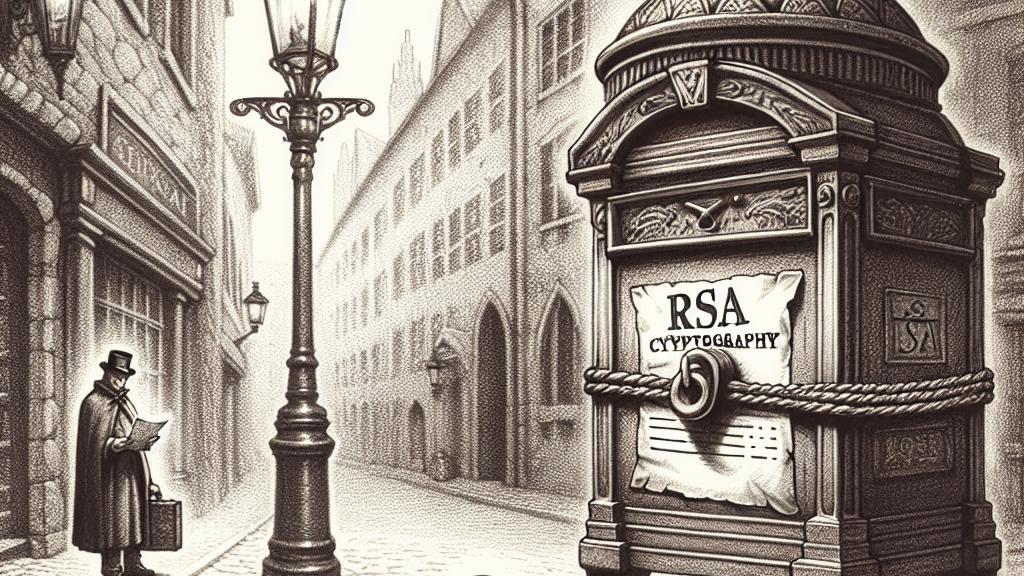Exploring RSA Encryption Using Python
Overview
- Delve into the foundational concepts of RSA cryptography.
- Step-by-step guidance for generating RSA keys effortlessly with Python.
- Engage with real-world applications and compelling benefits of RSA encryption.

Understanding RSA Cryptography
RSA cryptography is a fascinating technique that was named after its creators—Ron Rivest, Adi Shamir, and Leonard Adleman. This method has emerged as a pillar of digital security since the 1970s, owing to its ingenious use of prime numbers to encrypt sensitive data. Essentially, RSA is built on the premise that while it’s easy to multiply two large prime numbers, it’s incredibly difficult to factor the resulting product back into those primes. For instance, when you send a confidential email, RSA encrypts your message, ensuring that only the intended recipient, who possesses the private key, can read it. It’s akin to having an impenetrable lock on your mailbox; while anyone can see the mailbox, only you can open it!
Generating RSA Keys with Python: A Practical Approach
Creating RSA key pairs in Python is not just a simple computation; it’s an inviting pathway into the realm of secure communications. Using the 'cryptography' library, you can swiftly generate robust key pairs that adhere to the highest standards—specifically, a minimum of 2048 bits is recommended for secure practices. Imagine choosing two prime numbers, like 61 and 53, and calculating their product, which gives us 3233. You can then use this along with specific values to derive your public and private keys. The best part? A succinct Python script can encapsulate this entire process, turning complex algorithms into simple commands. It’s rewarding to see how you can transform theoretical mathematics into practical applications, effectively safeguarding your messages like a vault protected by a unique code known only to you and your closest allies.
Real-World Applications of RSA Encryption
The practical applications of RSA encryption are vast and significant, permeating our daily digital interactions. For example, take the process of sending sensitive information, where you encrypt your message using the recipient's public key, ensuring that only they can decrypt it using their private key. Additionally, RSA encryption plays a critical role in creating digital signatures. When you hash a document and encrypt that hash with your private key, it guarantees the document's integrity and authenticity; the recipient can verify this with your public key. Isn’t it remarkable how RSA not only facilitates secure data transmission but also fosters trust in digital communications? Each application underscores the importance of incorporating RSA into your cybersecurity toolkit, proving that it’s not just useful—it’s essential in today’s tech-driven world.

Loading...